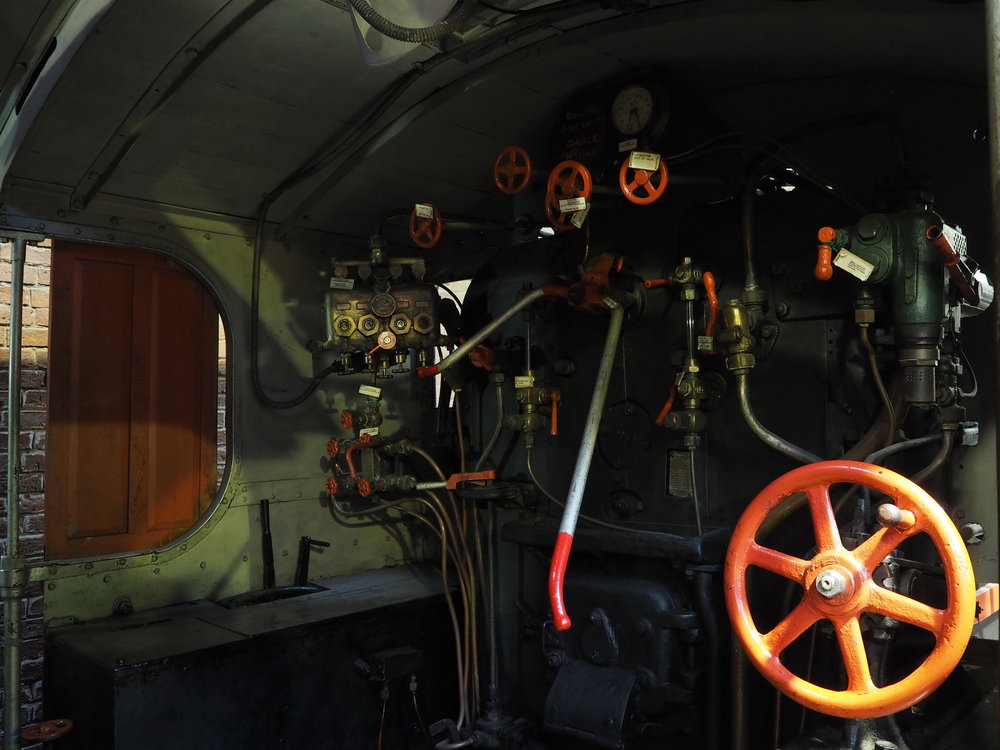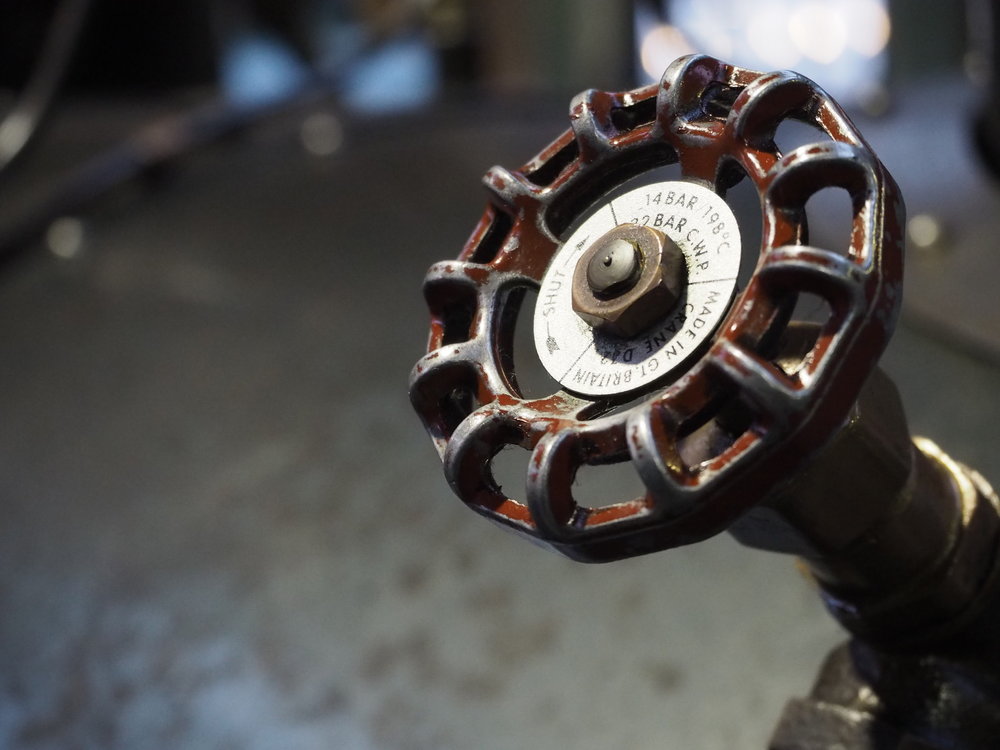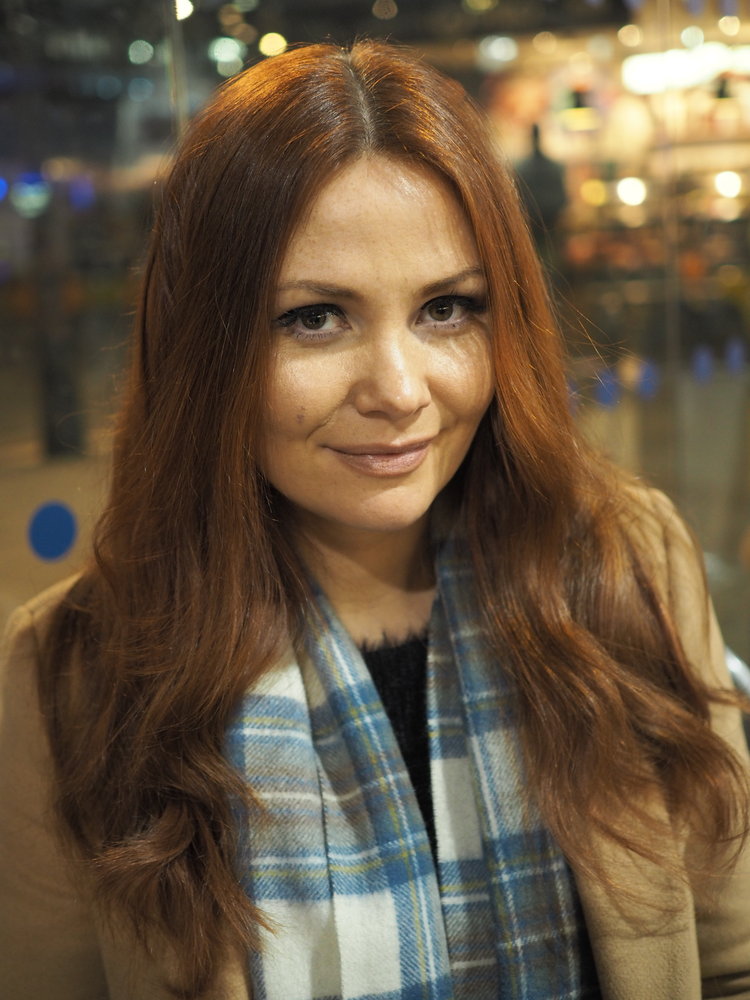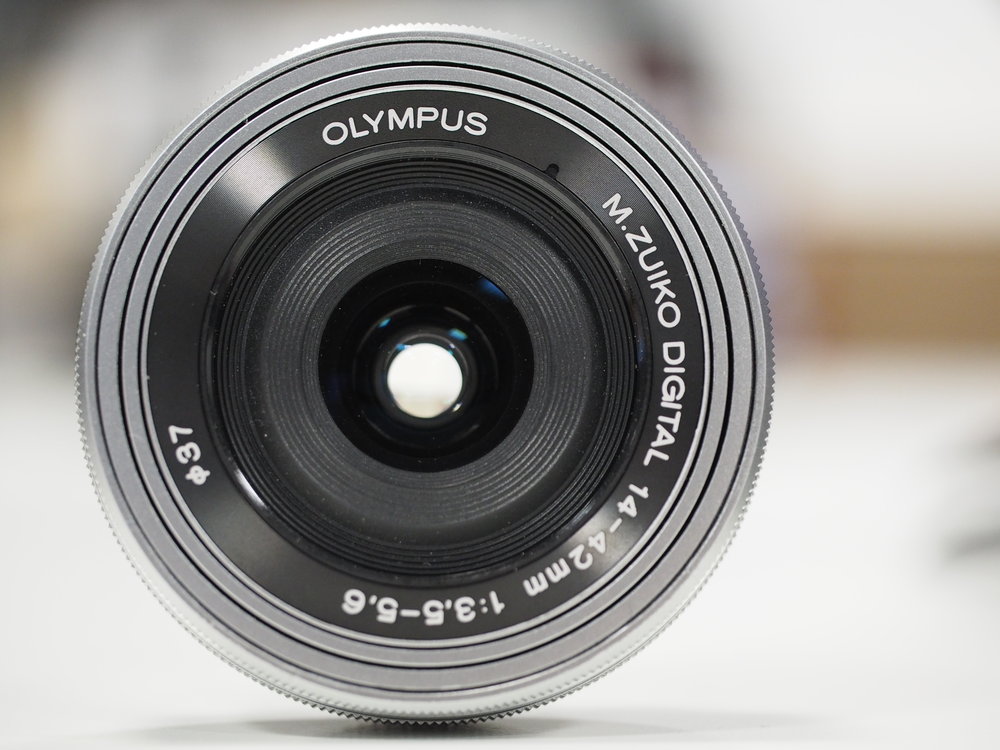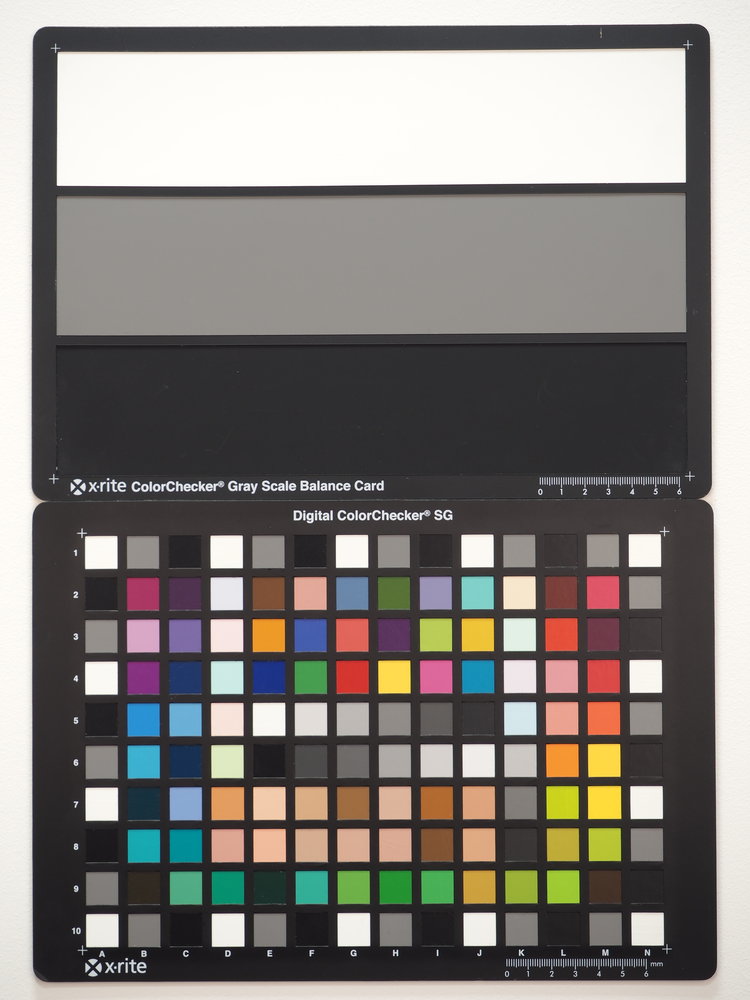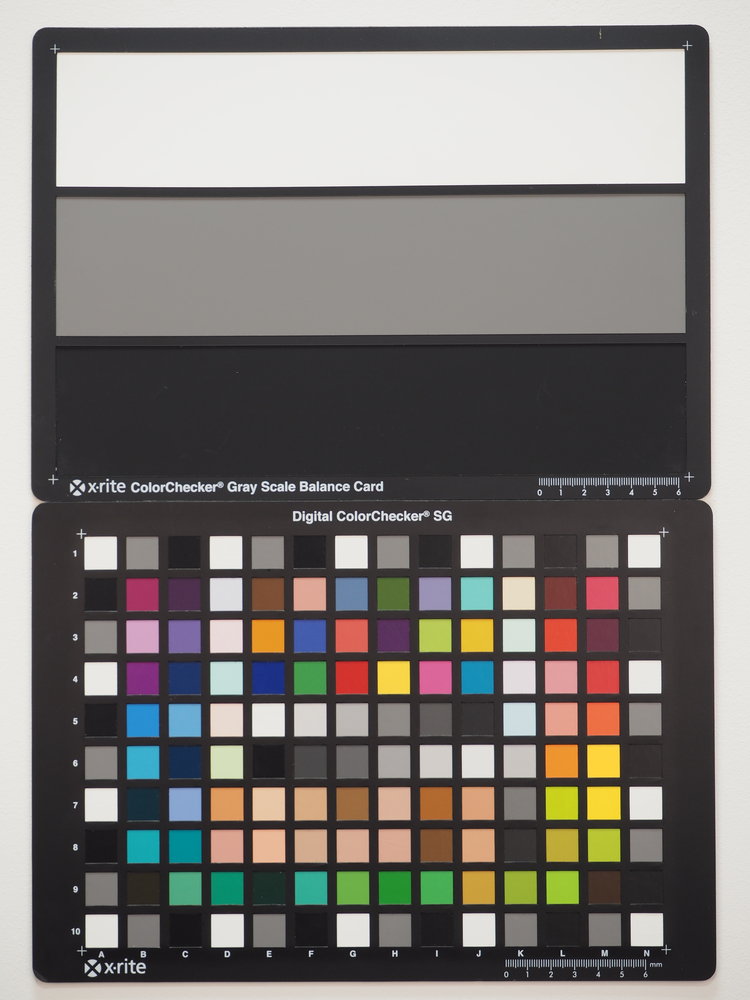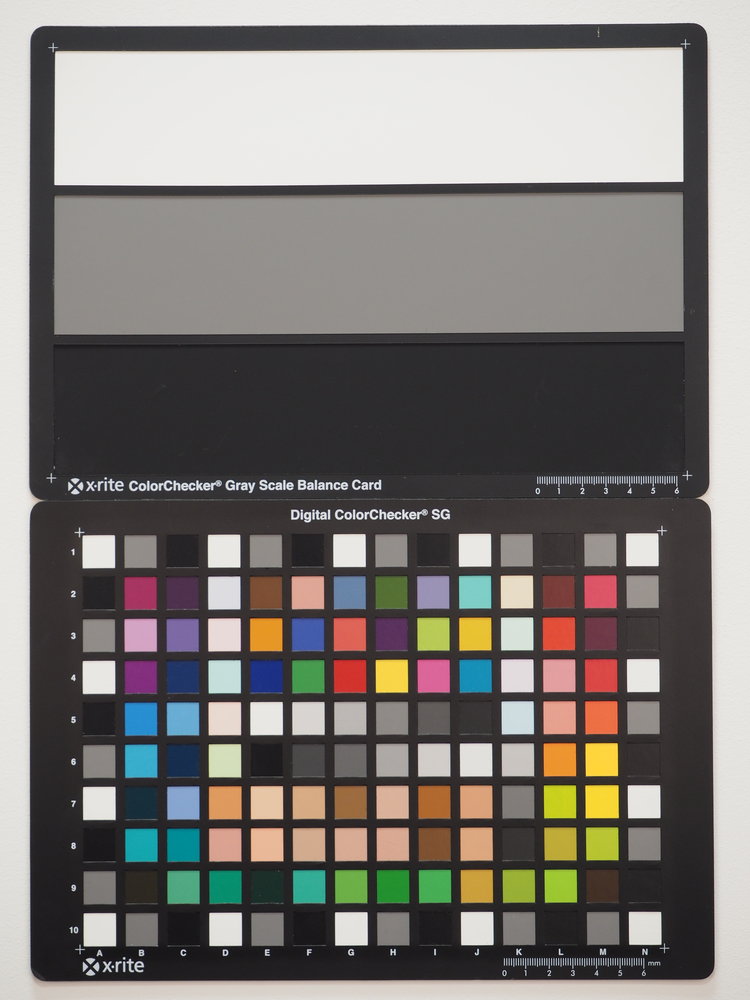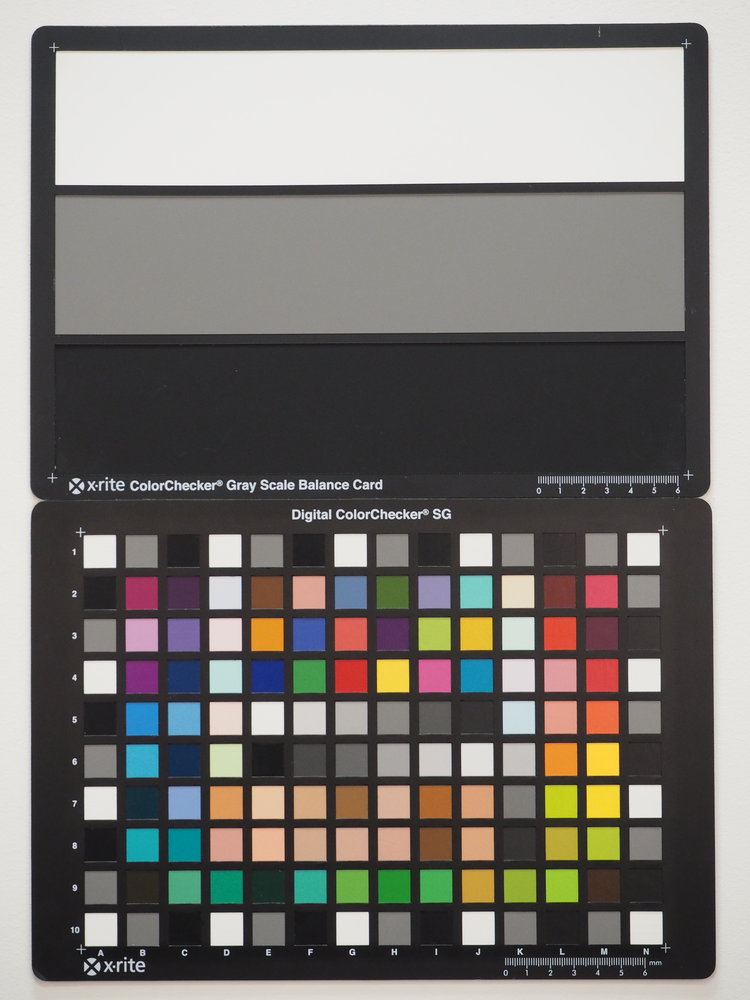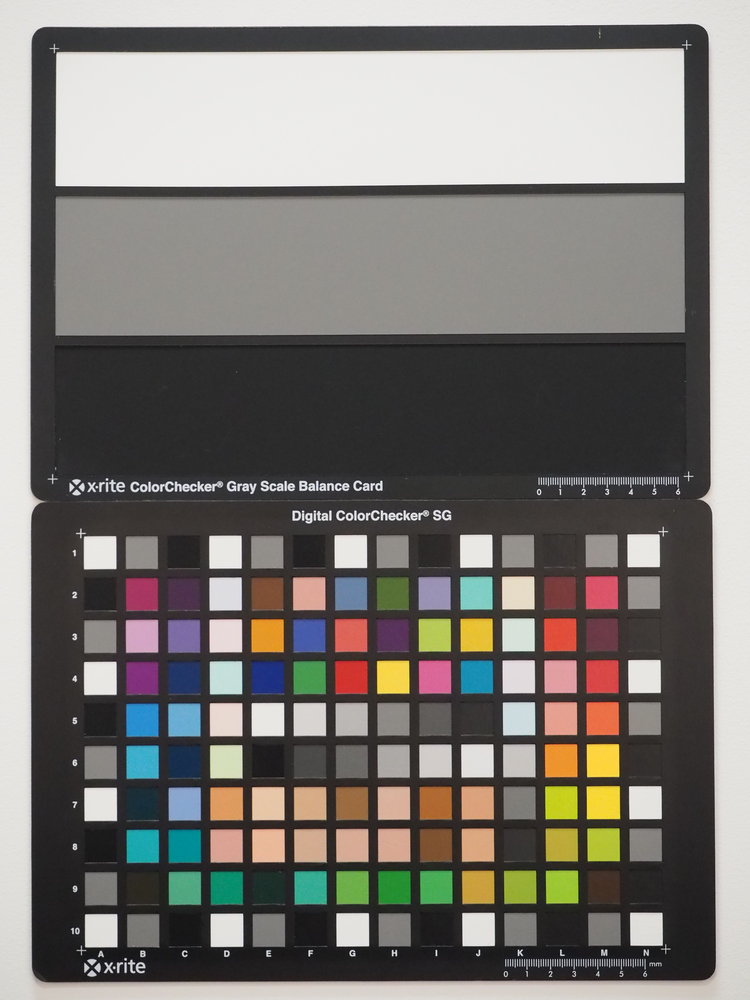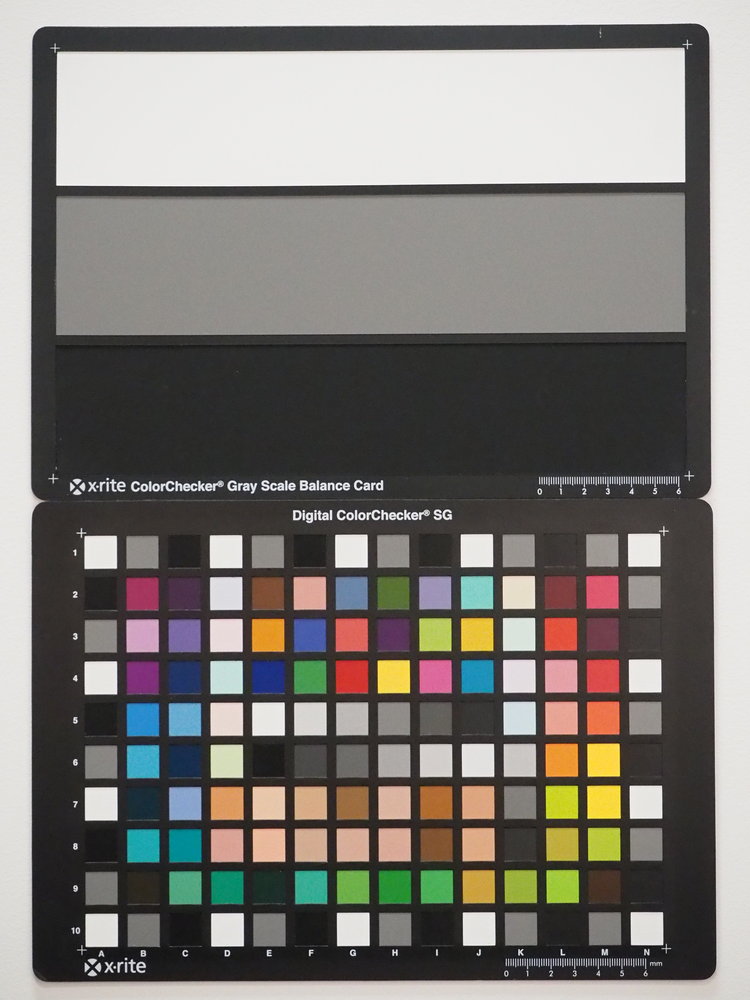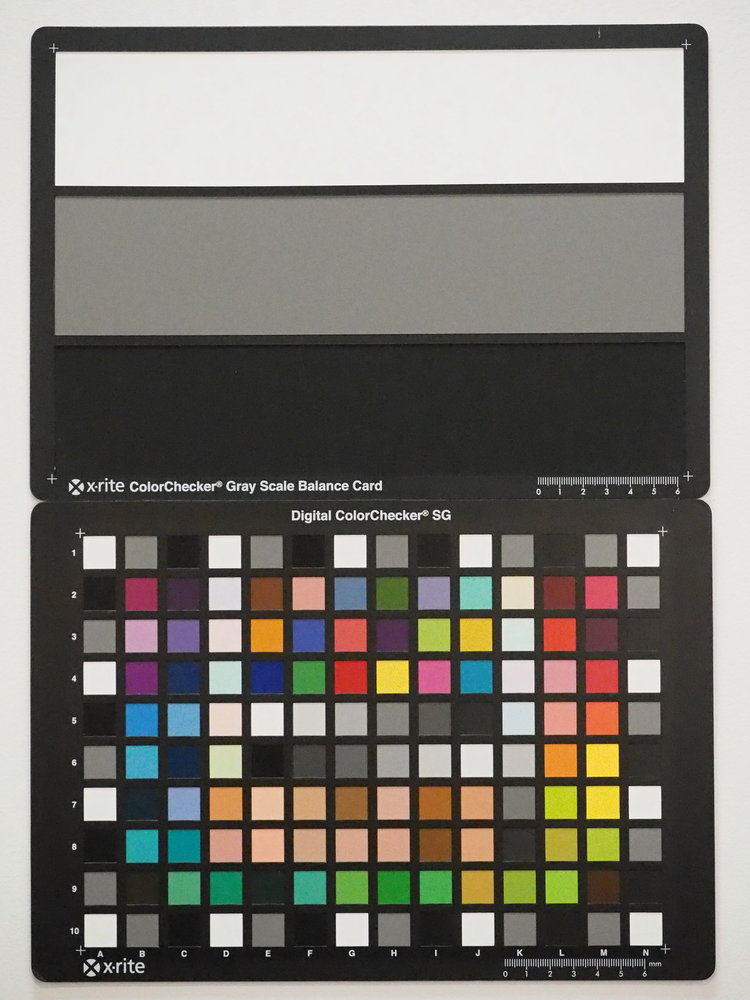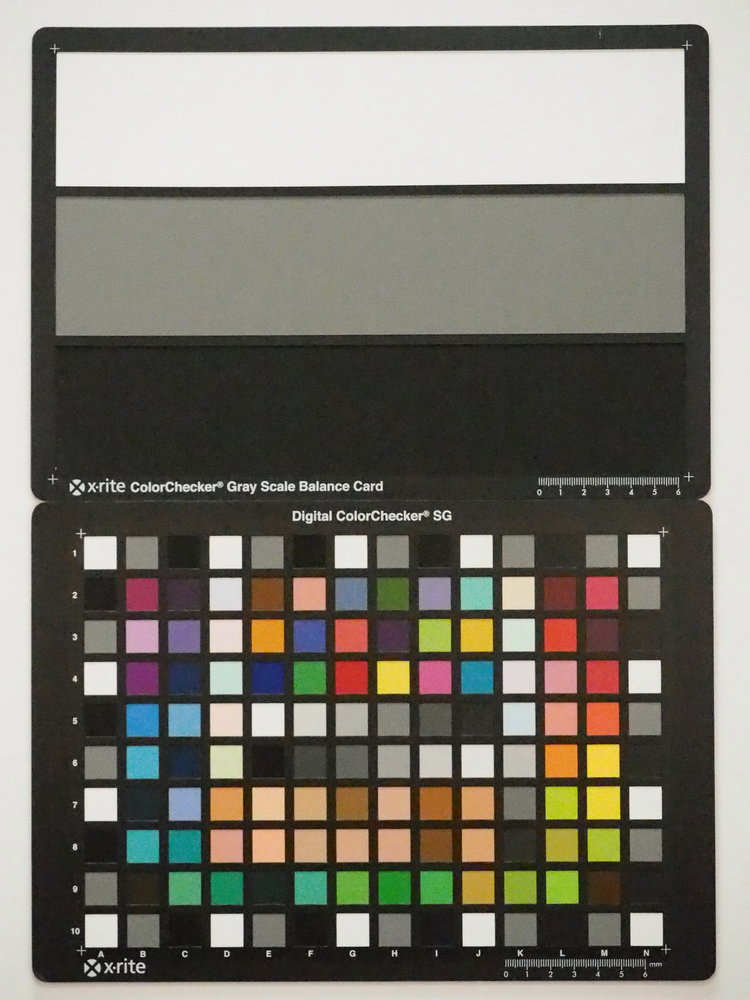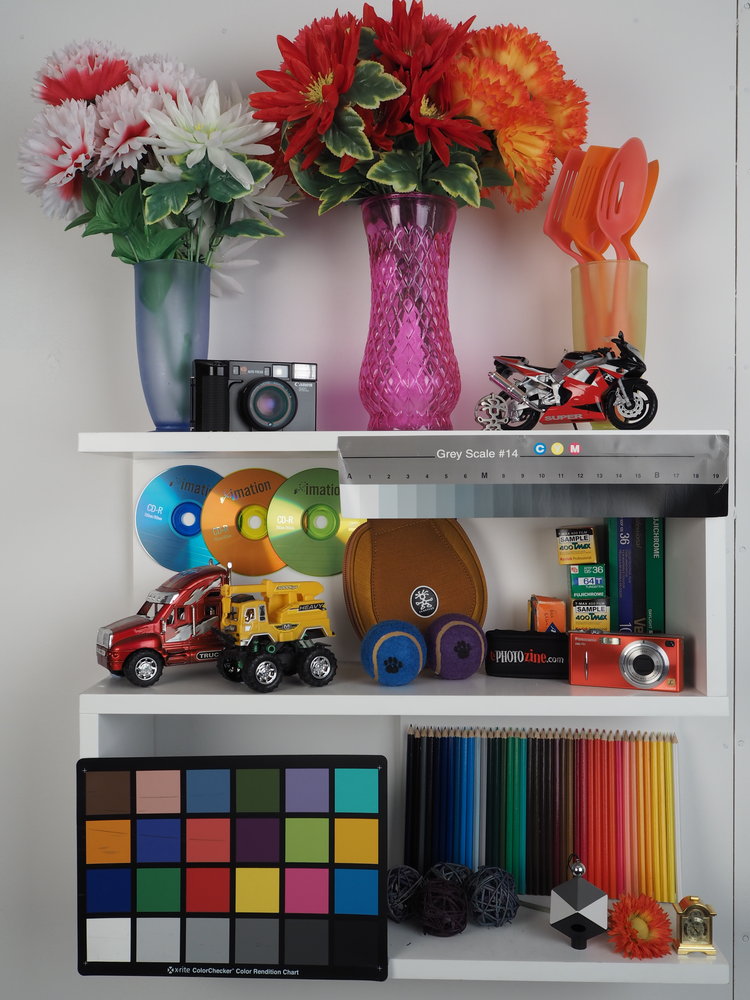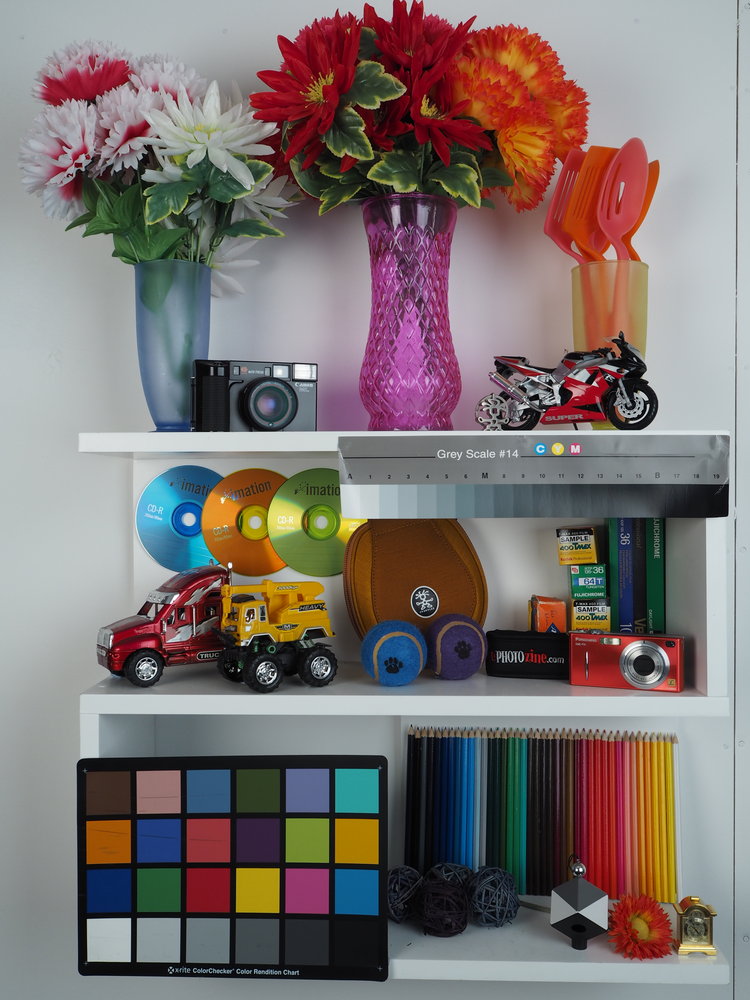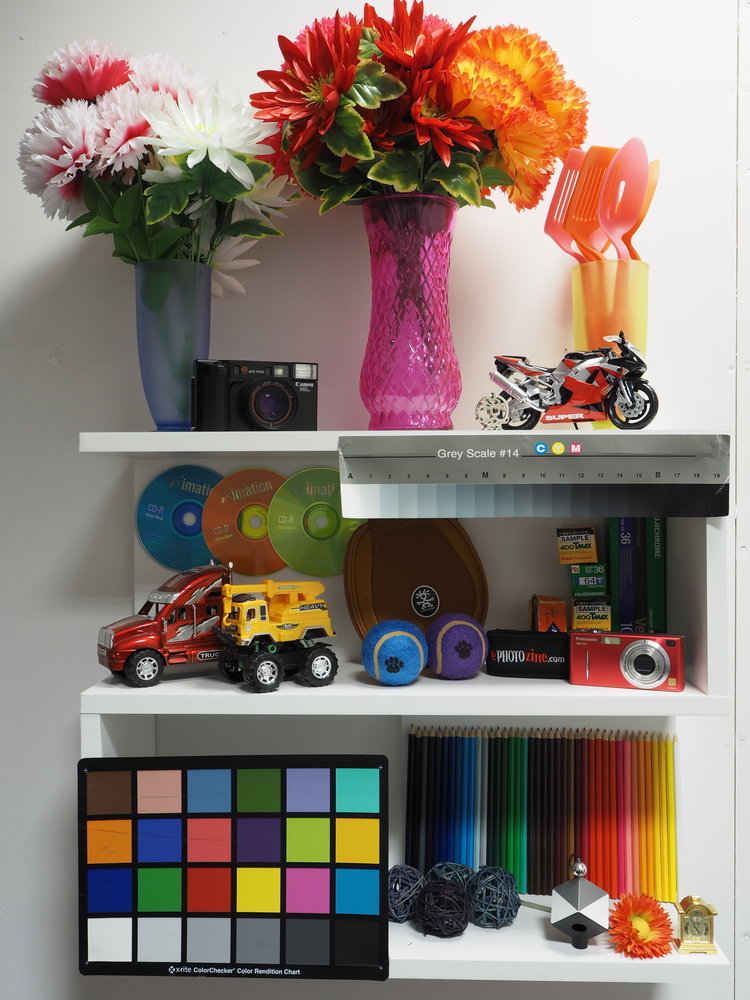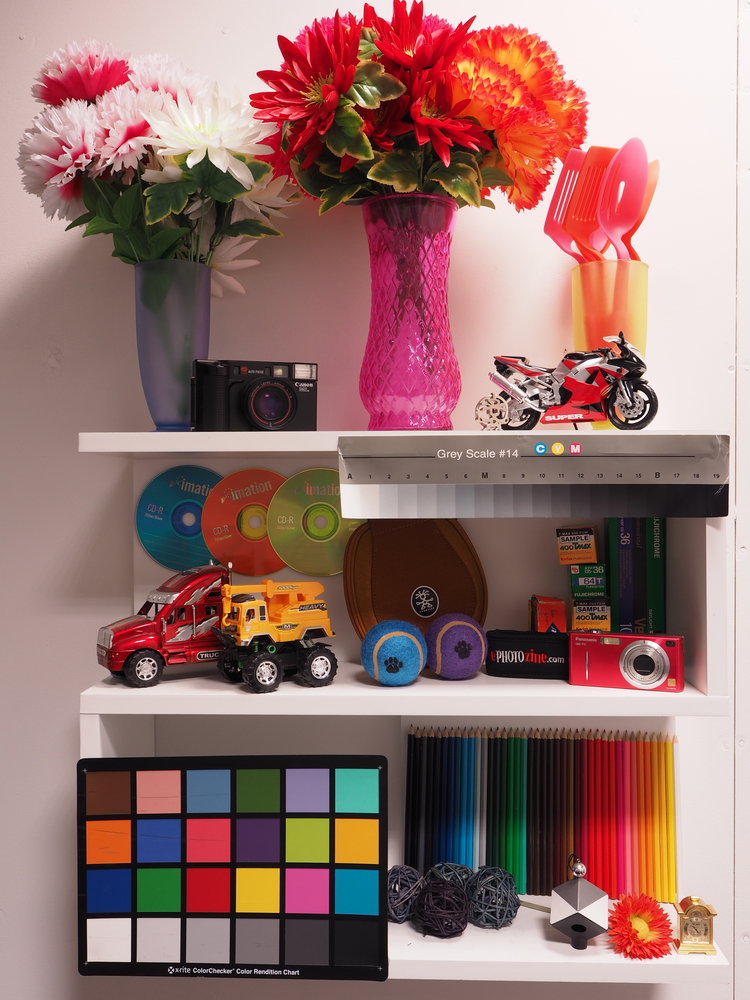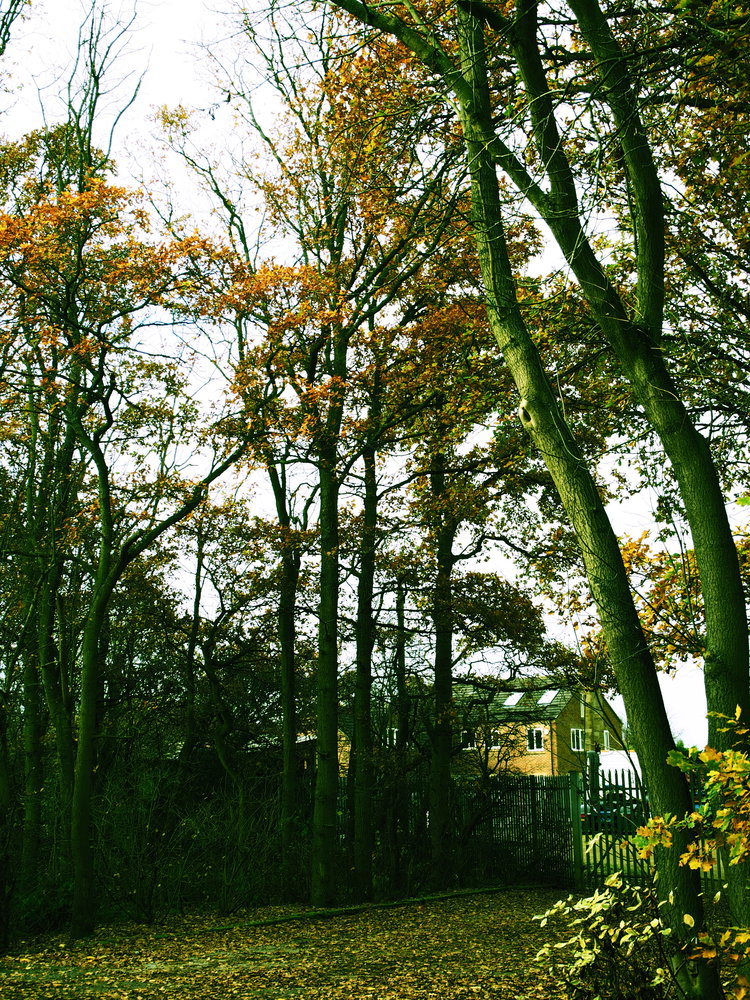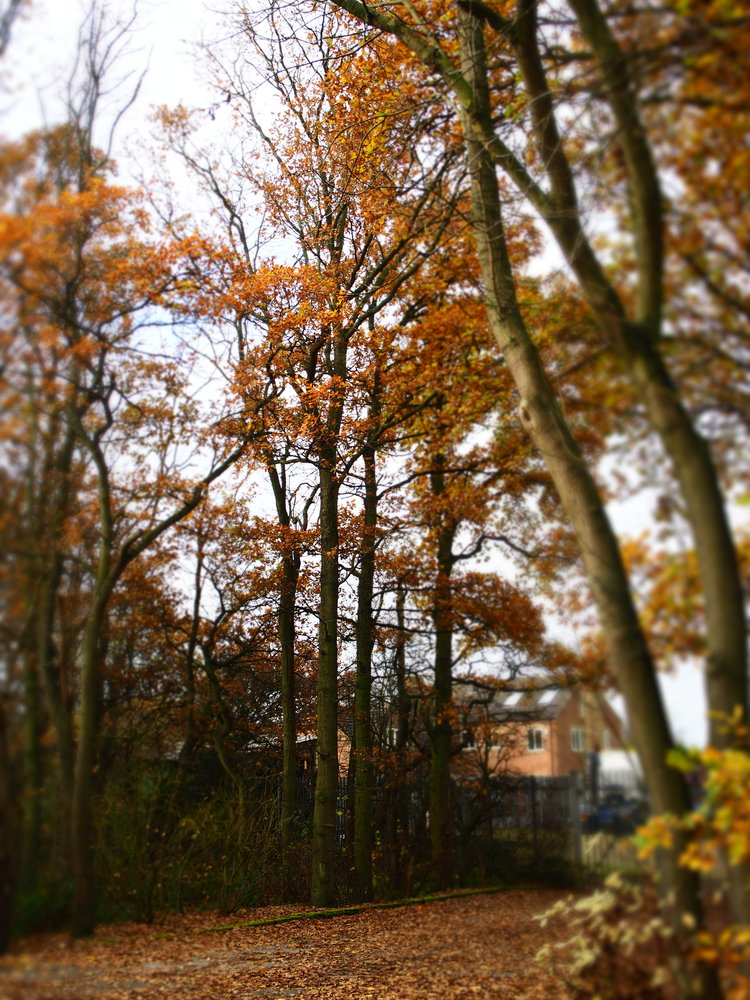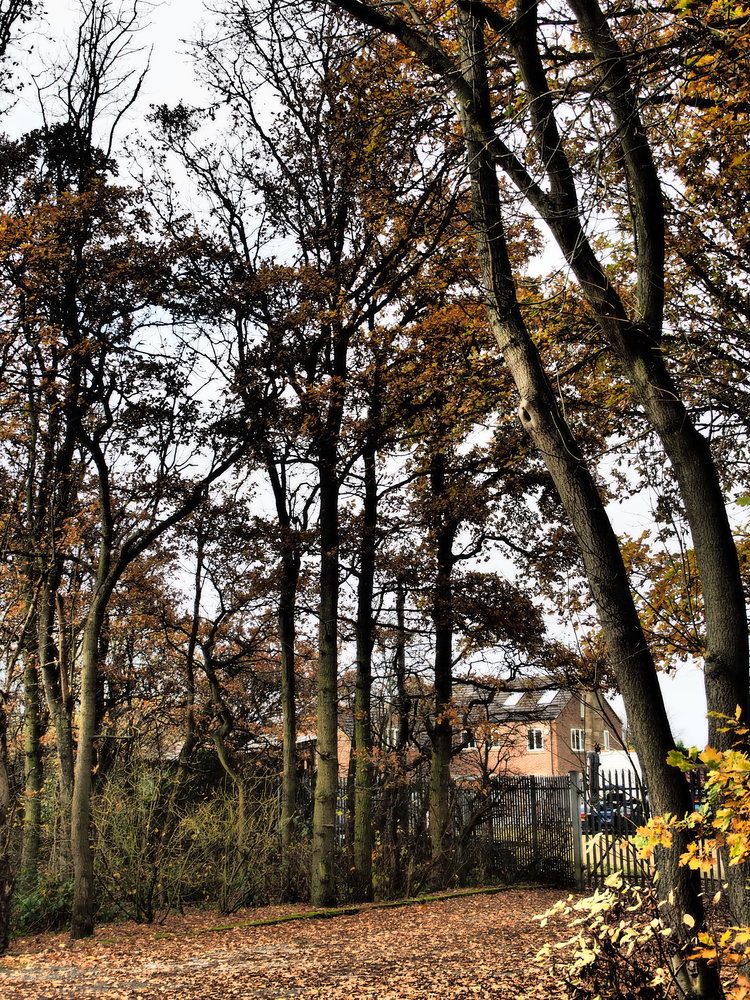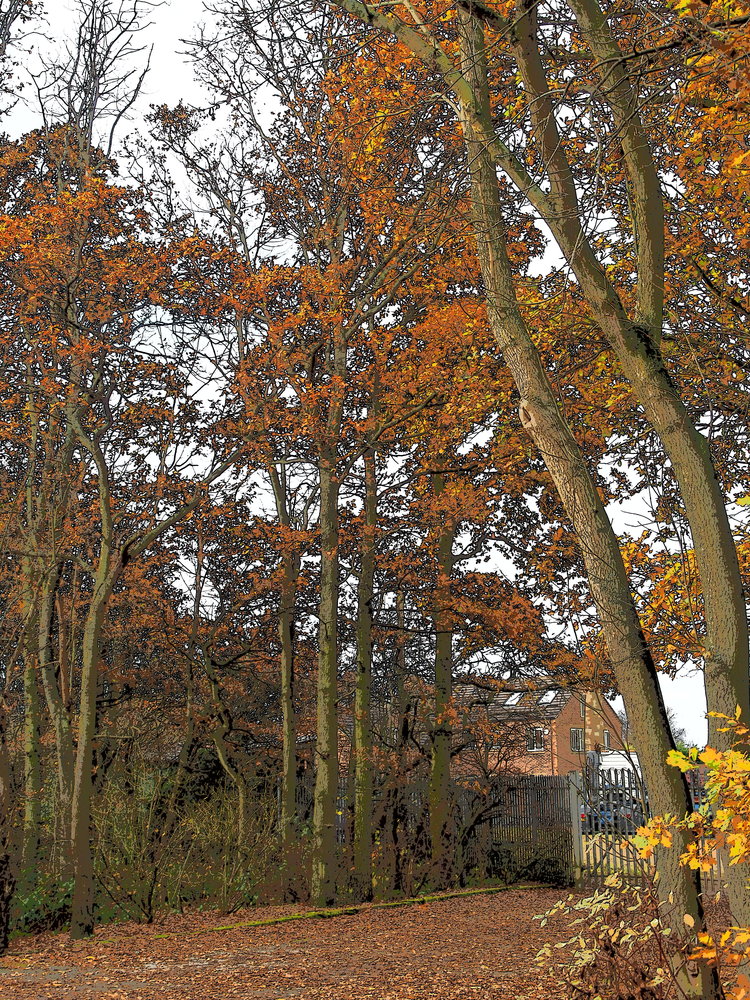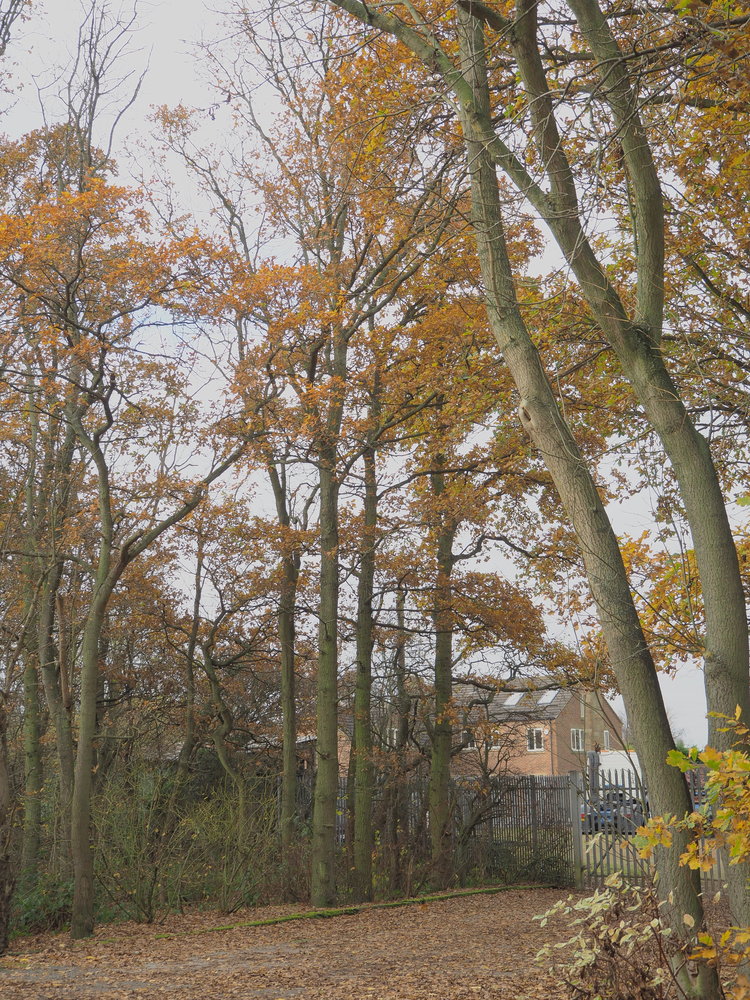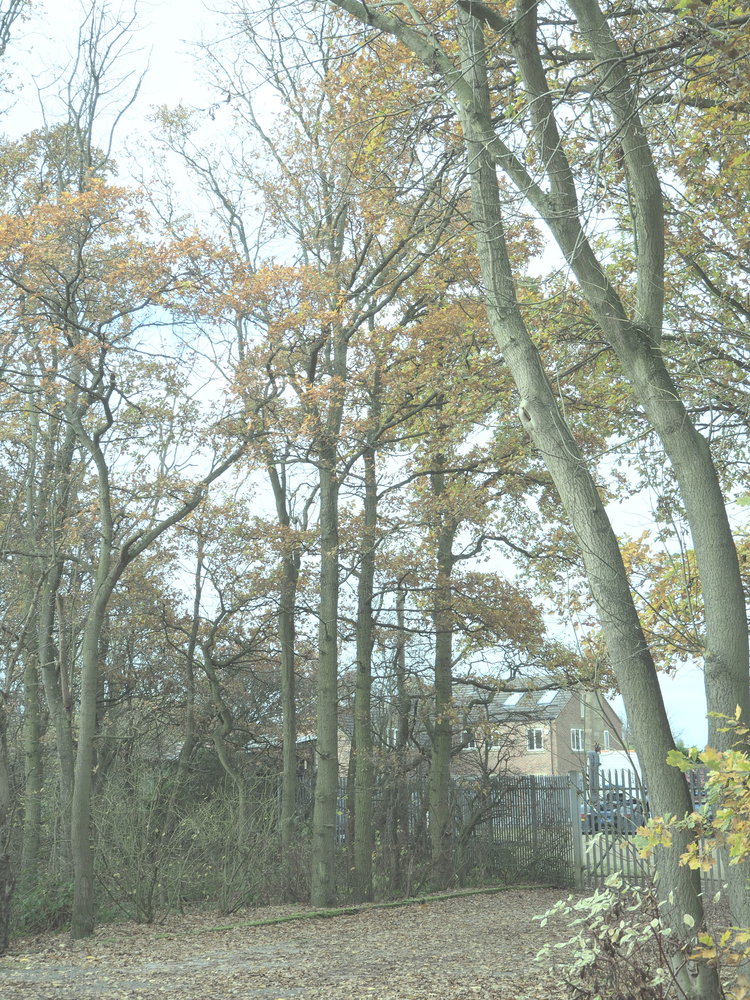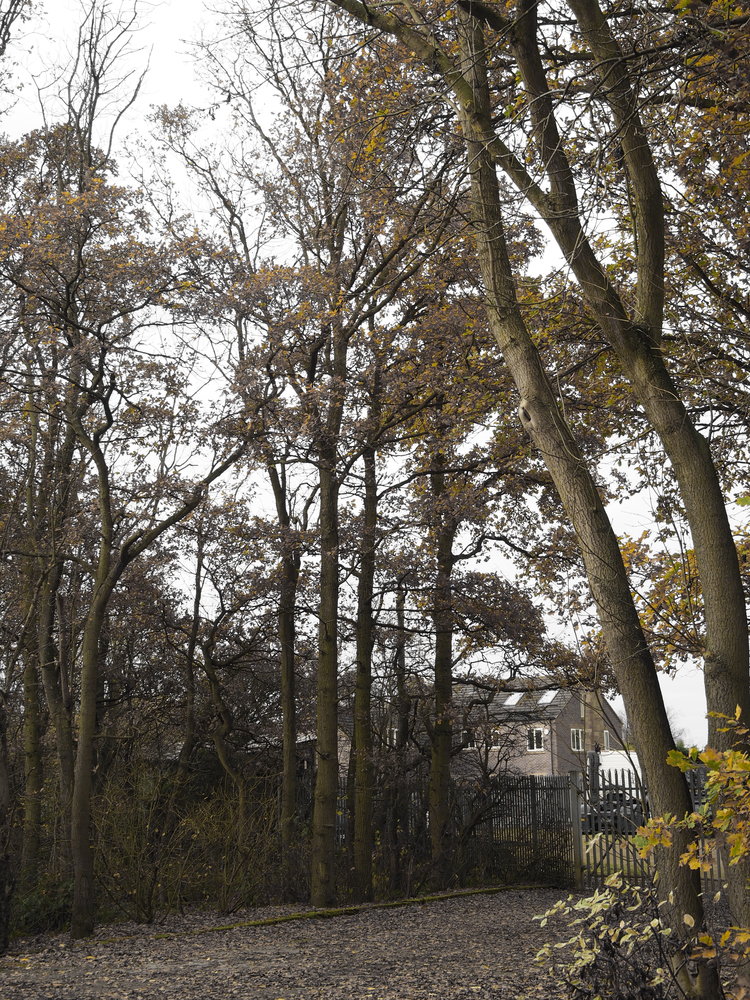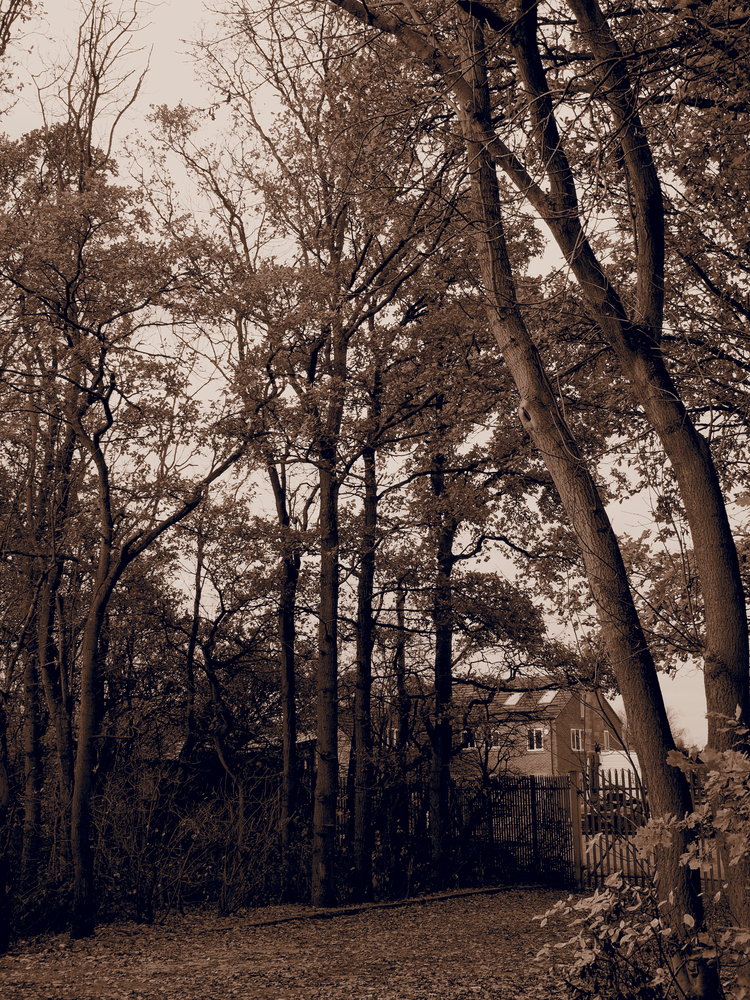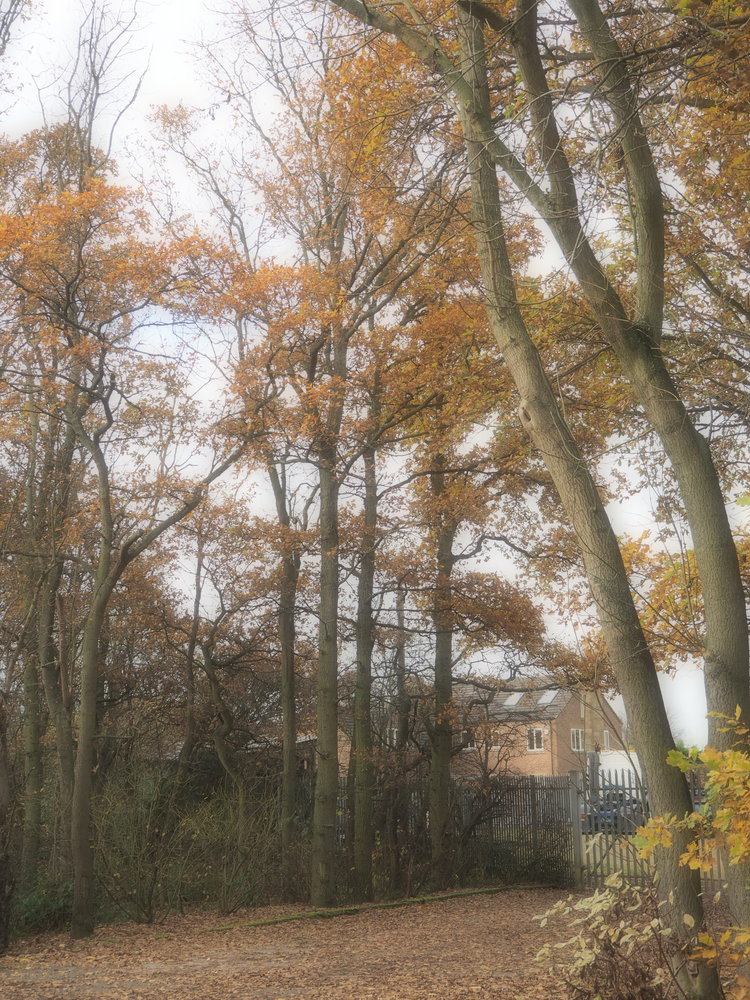Features
Handling
Performance
Verdict
Specification
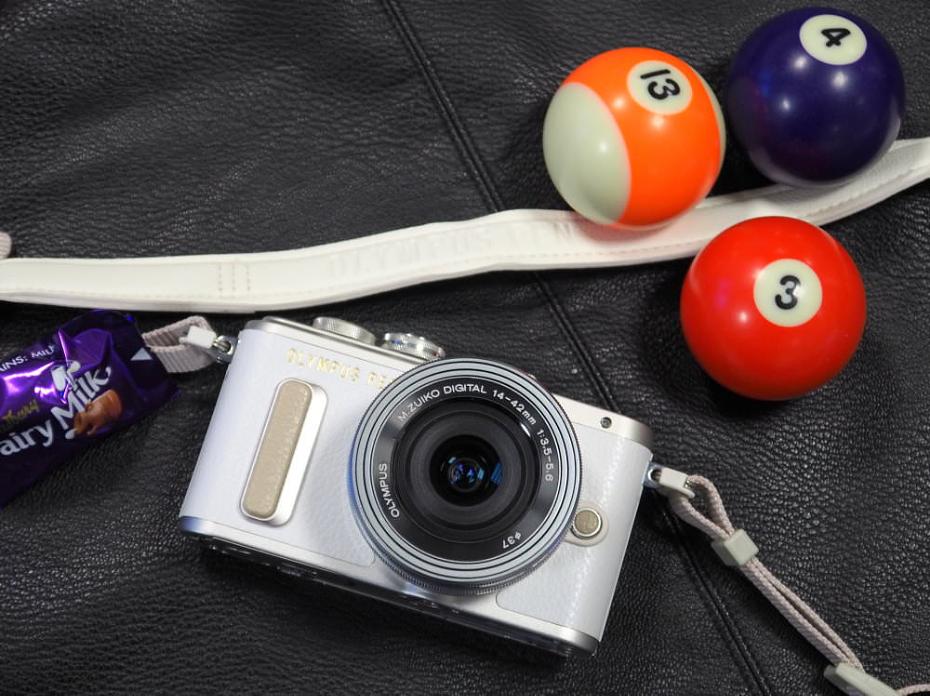
Ultra-stylish, retro, cute, chic, are all words that you could quite easily use to describe the new Olympus PEN E-PL8, the latest PEN camera from Olympus. To add to this, you can buy the Olympus PEN E-PL8 in white, brown or black, with the brown and white versions featuring gold lettering. The screen on the back is a touch-screen and tilts forwards for the perfect selfie, or for when you're recording vlogs. Inside is a 16-megapixel Micro Four Thirds sensor, and 3-axis sensor-shift image stabilisation that will help keep photos and video steady.
Olympus PEN E-PL8 Features

Marketed as an ideal blogger camera, the Olympus PEN E-PL8 is a compact and stylish mirrorless camera, with a premium metal feel and metal dials on top of the camera. Live view, and the tilting screen is ideal for any "Flatlay" images you want to shoot, and there is a range of macro lenses available.
The 16-megapixel camera would also make a great second camera for anyone shooting with Micro Four Thirds kit, being fully compatible with the Micro Four Thirds lens range. There are numerous art filters, including vintage filters. There's a dedicated selfie mode, 3-axis Image Stabilisation, and a custom self-timer whereby you can set the camera to take multiple shots and set a specific gap in between each shot. Time-lapse has been added, and the camera can combine the shots into a video.
The 3-inch touch-screen has a high resolution of 1037k dots, and flips down for "selfies" and this means that the view is not blocked when the flash (or another accessory) is attached to the camera, although also means that using a tripod may block your view of the screen.
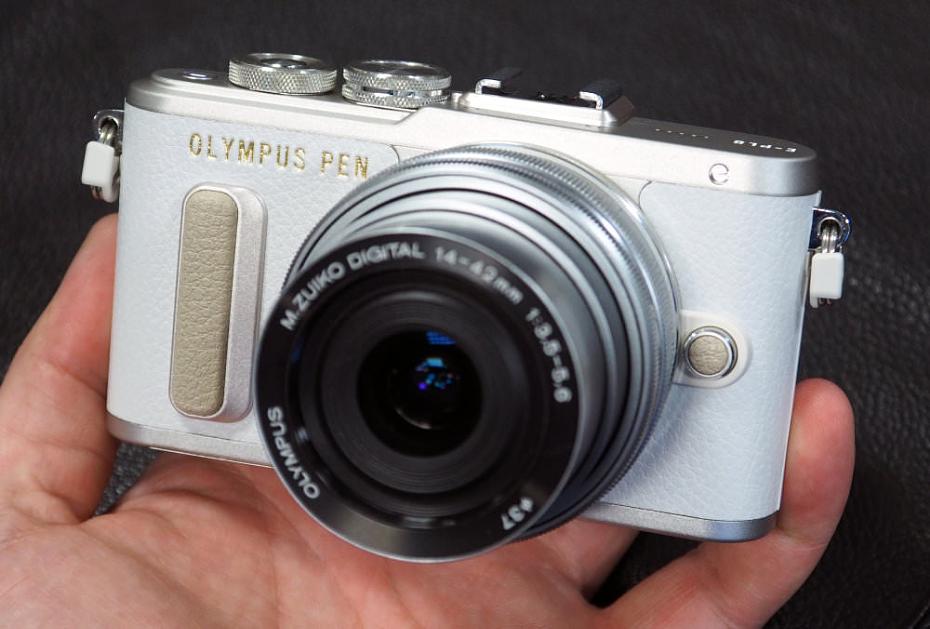
The photo story modes have a number of framing options, and partial colour shooting is easy to use, as you simply spin the colour wheel to set this. There is a rear function button, and the camera has a built in dual-axis electronic level. The camera features focus peaking to aid manual focus, as well as a manually adjustable mic level, a volume limiter option, as well as a low ISO (ISO100) option.
Built-in Wi-Fi lets you remotely control the camera, as well as transfer photos on your smartphone or tablet. You can also use this to add GPS data to photos taken, or edit photos taken with the camera before sharing them on social media sites.
FullHD video is recorded with stereo sound, and when using a power zoom lens you can choose the zoom speed.
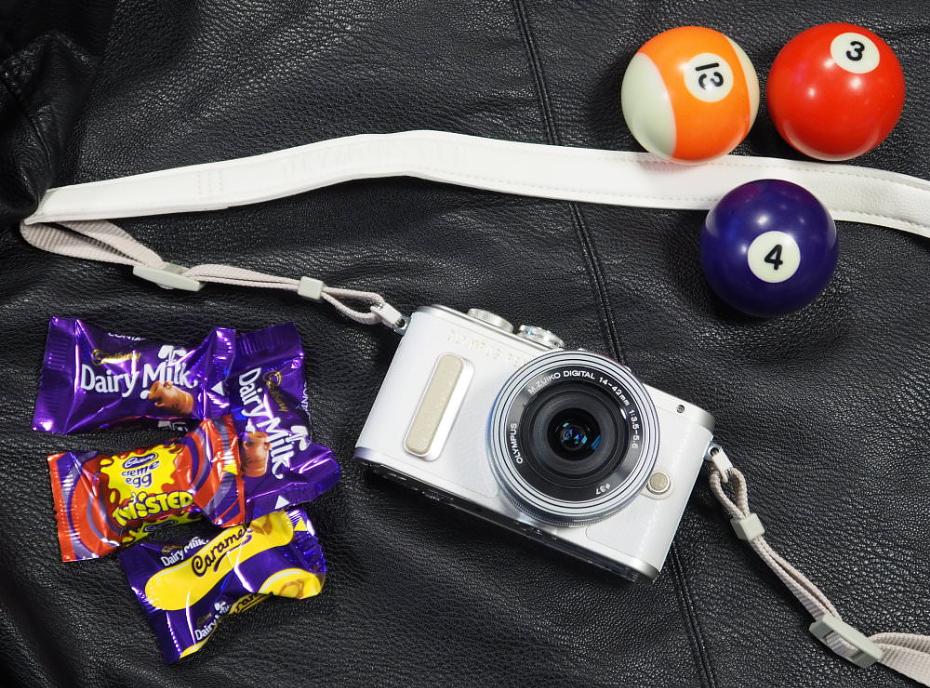
Key Features
- 16.1 megapixel Micro Four Thirds Live MOS sensor
- Micro Four Thirds lens mount
- 3-axis sensor-shift image stabilisation (up to 3.5 stops)
- 3inch tilting touch-screen, 1037k dot resolution
- FullHD video recording at 30p with 3-axis IS, stereo sound
- ISO100 to ISO25600 (extended)
- Wi-Fi connectivity
- 8.5fps continuous shooting
- HDR, Focus Peaking
- 28 Art Filters, Photo Story Frames
- Available in black/silver, white/silver, and brown/silver
Olympus PEN E-PL8 Handling
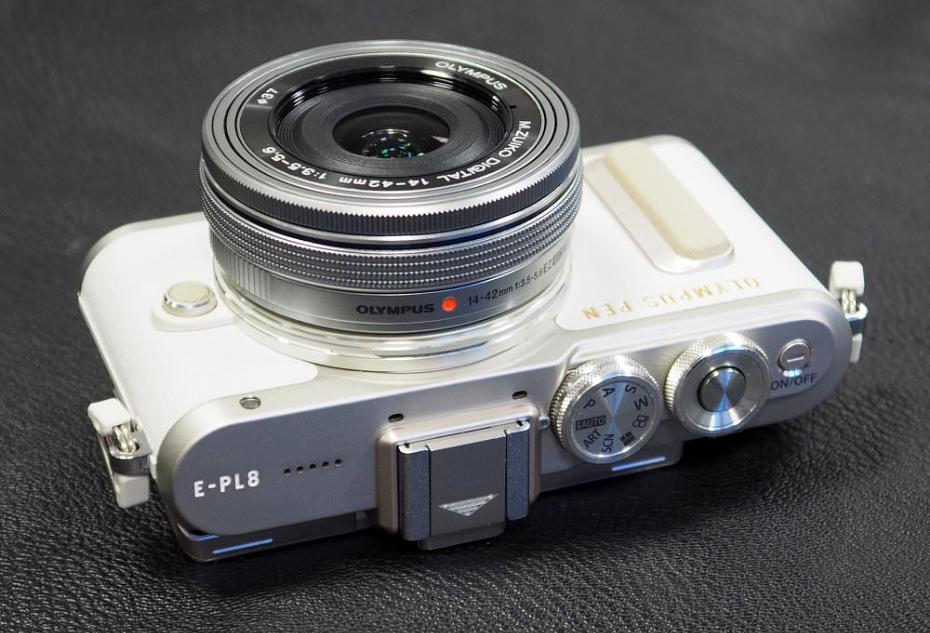
The Olympus PEN E-PL8 looks better than any E-PLx camera before it, only out-classed by the top of the range Olympus PEN-F. The metal bodied camera feels good in the hand, with an increased weight compared to the E-PL7, which makes it feel quite heavy for the size of the camera, but this simply adds to the premium feel of the camera. The front grip has changed and looks stylish whilst still providing a good texture, and the textured wrap around the camera looks good and makes it easy to hold. On the back
A built-in flash would be a nice feature, and whilst the AP2 (Accessory Port 2) is necessary for the external flash, we wonder how many people are really going to use this feature on this class of camera. However, should you wish, you can add a range of AP2 accessories, including an electronic viewfinder, microphone adapter, LED lighting or a Bluetooth adapter.
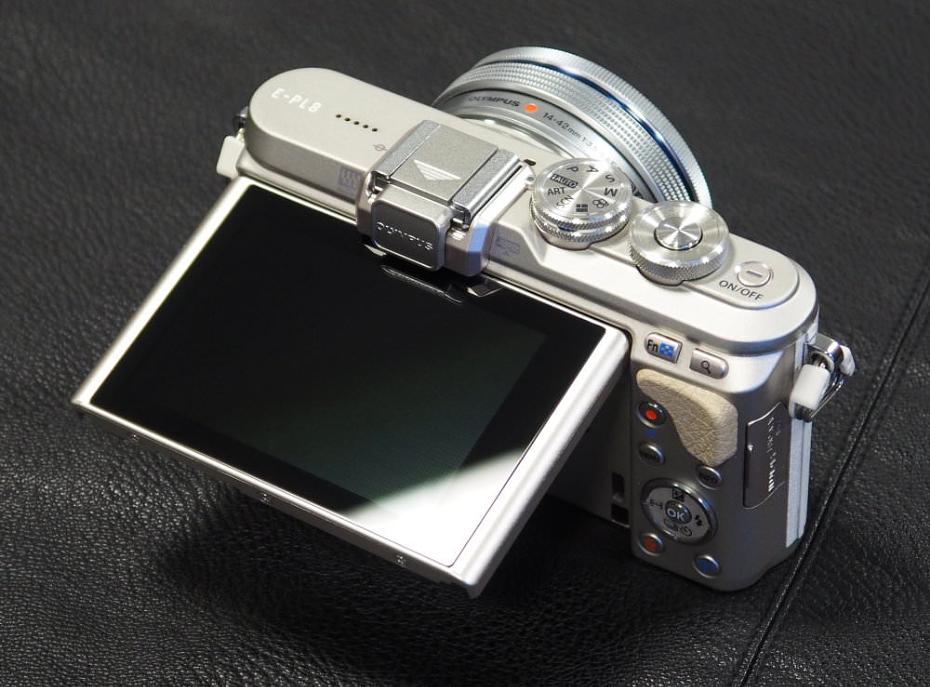
The screen can tilt up, as well as down, and when tilted all the way down faces forwards so you can use the screen to compose selfie or group shots. The screen is quite thick at the back, and it would be nice if this was thinner in future versions of the camera. The screen has a good resolution, is clear and bright, and is a gapless design, which means viewing angles are good. You can use the touch-screen to set the focus point on screen.
The controls on the rear screen are quite clear and easy to use as you can see the changes made directly on the screen. If you use the camera in Auto or other modes, then you can change settings easily using the touch-screen. The Art filters, Scene, and Photo Story modes are easy to use, and you can use the touch-screen to select options (although the scene modes could do with a refresh). When you enter the main menus, you need to use the 4-way controller on the rear to scroll through options and settings, and it's here where it can take a while to find options and settings, and it would be good if Olympus improved the menu design and layout. Although to give it a positive spin, we could simply say that the control system is a little quirky, those who don't want to give it a positive spin would probably describe it as annoying or infuriating.
Wi-Fi Features: Built-in Wi-Fi lets you connect the camera to your smartphone or tablet, and the Olympus O.I. Share app is available for Android and iOS devices. Setting up the connection to the camera is easy, as you can simply scan a QR code displayed on the back of the camera. You can't use the Wi-Fi feature on the camera when there is no memory card in the camera. You can remotely control the camera (with live view), you can import photos, edit photos and add Geotag information to photos.
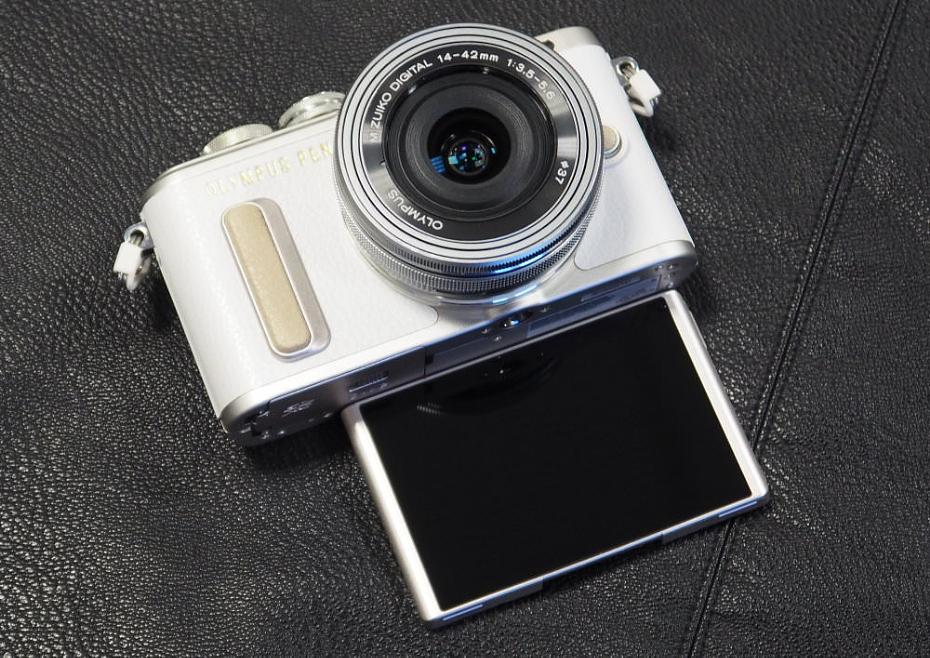
Battery life - Battery life is rated at 350 shots according to Olympus / CIPA test results, which is quite good (about average) for a mirrorless camera. Charging of the battery is performed with an external charger, which will be beneficial if you want to buy a second battery.
Olympus PEN E-PL8 Performance
The performance section is where we look at the image quality performance of the camera. Additional sample photos and product shots are available in the Equipment Database, where you can add your own review, photos and product ratings.
Speed - We took a number of shots to test the camera's responsiveness, from switch on to first photo, shot to shot, focusing speed etc. We take a number of shots and then use the average to ensure accurate and consistent tests, making it easy to compare with other cameras.
| Shutter Response | 0.05secs |
| Wide - Focus / Shutter Response | 0.175secs |
| Full zoom - Focus / Shutter Response | 0.225secs |
| Switch on Time to Taking a Photo | 2.3secs |
| Shot to Shot without Flash | 0.5secs |
| Shot to Shot with Flash | 1.4secs |
| Continuous Shooting - JPEG (shots before slow down) |
8.3fps (20 shots) |
| Continuous Shooting - Flash | 1.4secs |
| Continuous Shooting - RAW | 8.5fps (12 shots) |
Focus is reasonably quick, but not as quick as the fastest mirrorless cameras. Continuous shooting speed is good reaching 8.3fps and 8.5fps when shooting JPEG and raw respectively. IS set to off for quicker continuous shooting. Switch on time is slowed by the 14-42mm power zoom lens extending.
Olympus PEN E-PL8 Sample Photos
Sample Photos - Photos have good exposure, with good colour straight from the camera, with the Olympus camera producing good looking JPEG images straight from the camera. To capture additional dynamic range in shots, you can use the highlight/shadow adjustment, shooting using the HDR mode, or shoot raw images and then process images later. Finding these settings isn't the easiest, and it would be good if there was a Backlight or HDR scene mode available to make it easier to find.
Olympus PEN E-PL8 Lens test images
Lens Performance - Whilst the Olympus 14-42mm Power Zoom lens isn't as sharp as a dedicated prime lens, the results are good, and the compact size of the lens makes it an ideal companion for the size of the camera. There is minimal purple fringing or chromatic abberation, and distortion is well controlled, with the camera automatically correcting images in-camera. The closest the lens can focus is 20cm, so for better macro results a different lens is recommended, whether that's a different zoom lens or a dedicated macro lens, just as long as it can focus closer. Focus is quick, but not as rapid as some competitors. For the best results, we would recommend a prime lens.
Olympus PEN E-PL8 ISO test images
ISO Noise Performance - For the best image quality possible, with the lowest noise and high levels of detail we would recommend using ISO100 to ISO800, as images have low levels of noise and good levels of detail. For lower light situations ISO1600 to ISO6400 still provides good results, although noise increases and detail is reduced as the ISO speed increases. At ISO12800 noise levels become strong and we would recommend avoiding this setting if possible, although results may still be useful if resized and used on the web. ISO25600 is best avoided as noise is high and detail low.
There's been a slight improvement in noise performance with the E-PL8, compared to the E-PL7, with sharper images at ISO6400, although noise is still quite high at this setting. There are options to adjust the Noise Filter, and these photos were taken on the default setting of "Standard". If you want slightly sharper images, and don't mind a little bit more noise, you can set this to "Low" and noise performance is still good.
Olympus PEN E-PL8 White-balance test images
White Balance Performance - Auto white balance (AWB) performs well under fluorescent or incandescent (Tungsten) lighting, with a warm result produced under the Tungsten lights. The presets give accurate results under Tungsten lighting, although the Fluorescent preset gave a magenta colour cast. You can have the choice of setting what you want the camera to do when you are shooting using the AWB. You can set "Keep warm colour" to on or off - with this on, results are warm, which is great for portraits, or with this off, results are more accurate, which is great for product shots. It would be nice if all cameras had this feature, and some of the more recent Canon cameras do, plus some of the higher end Nikon cameras.
Olympus PEN E-PL8 Digital filters
Digital Filters - There are now 28 different Art Filters you can select from - although a number of these are simply variations of an effect for example, you can shoot Partial Colour I, Partial Colour II, and Partial Colour III. There are 25 scene modes available, although strangely you won't find HDR or Backlight Scene in here, and instead, the HDR mode can be found in the second Shooting menu.
Video - There are a range of video options, as well as manual controls available. However, there aren't many options regarding what level of compression to use when recording video, and you also don't get the option to change the frame rate for FullHD video. 3-axis image stabilisation does a good job keeping video steady when recording handheld (as shown in the example below), but it's not as impressive as the 5-axis image stabilisation system found on the E-M10 Mark II and E-M5 Mark II.
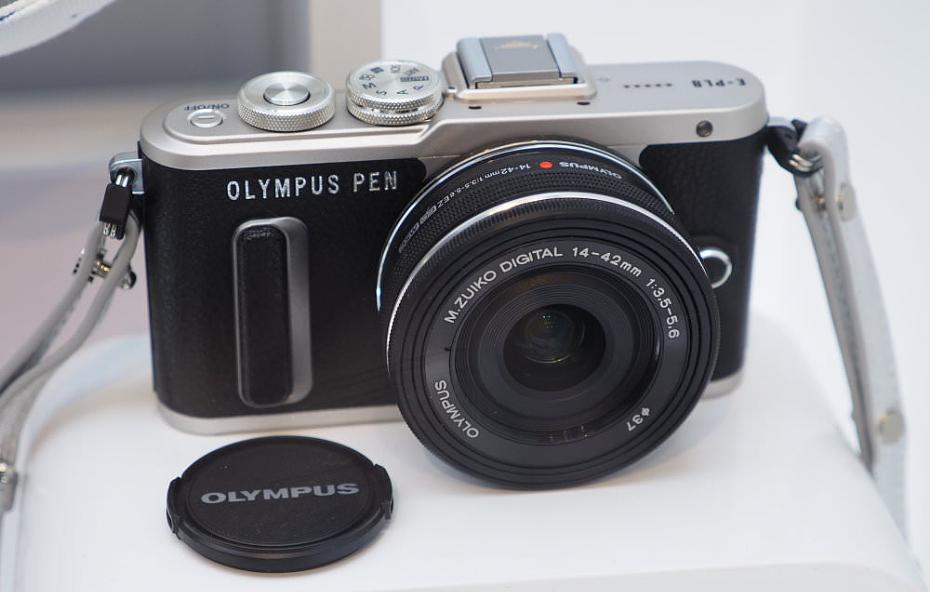
Value For Money
The Olympus PEN E-PL8 is available for £449 body only, or £499 with pancake zoom lens. This makes it quite good value for money.
Sony Alpha A6000, 24mp, FullHD video, EVF, 11fps, £499 with kit lens
Fujifilm X-A2, 16mp, FullHD video, 5.6fps, £499 with kit lens
Olympus OM-D E-M10 Mark II, 16mp, 5-axis IS, FullHD video, EVF, 8.5fps, £499 with kit lens
Panasonic Lumix GX80, 16mp, 5-axis IS, 4K video, EVF, 8fps, £549 with kit lens
Panasonic Lumix GF7, 16mp, FullHD video, 5.8fps, £349 with kit lens
Canon EOS M3, 24mp, FullHD video, 4.2fps, £479 with kit lens
Have a look at more compact system cameras in our Top 10 Best Entry Level Mirrorless Cameras, or have a look at the Best Premium Mirrorless Cameras. You'll also need to buy a memory card and a case or bag to keep your camera safe and protected - have a look at our complete guide to camera bags.
Olympus PEN E-PL8 Verdict
The strongest competitors are the Sony Alpha A6000, with fast continuous shooting at 11fps and built-in EVF, the Olympus OM-D E-M10 Mark II with 5-axis IS and built-in EVF, and the Panasonic Lumix GX80 with 5-axis IS and built-in EVF. However, if you are looking for an ultra-stylish camera, then the PEN E-PL8 is one of the most stylish from this list. A lot of the competition has also managed to squeeze in a built-in pop-up flash, whereas the E-PL8 is still using an external flash.
It's about time Olympus took a serious look at the menus and graphical user interface on the Olympus PEN and other cameras, as the interface and design changes depending which mode you're in, and not in a good way. Art filters have been updated, and you can select these from the bottom of the screen and see the changes instantly, however the Scene modes have retained the same design since the 2011 E-P3.
The menus are long overdue a re-design. Please, Olympus, make it so we don't have to write this in every review.
If Olympus want smartphone users and bloggers to use their cameras instead of simply using a smartphone, then they need to make their PEN range of cameras as easy to use as a smartphone, with an Auto mode that will automatically pick the best mode and automatically switch to an HDR or another scene mode when needed. Where is the "Flatlay" scene mode or an updated basic menu system to make it easier to use?
However, saying all of this, if you want an ultra-stylish, ultra-cute mirrorless camera, capable of taking excellent photos, with a wide range of compact lenses, then the Olympus PEN E-PL8 is highly recommended. Built-in Wi-Fi makes it easy to transfer images to your smartphone and the Olympus app is one of the better ones available. It's also an extremely capable camera for those who want to invest the time in learning the menus and options, with advanced options including Timelapse video creation, excellent white balance options, and built-in 3-axis image stabilisation.
|
If you want an ultra-stylish, ultra-cute mirrorless camera, capable of taking excellent photos, with a wide range of compact lenses, then the Olympus PEN E-PL8 is highly recommended |
